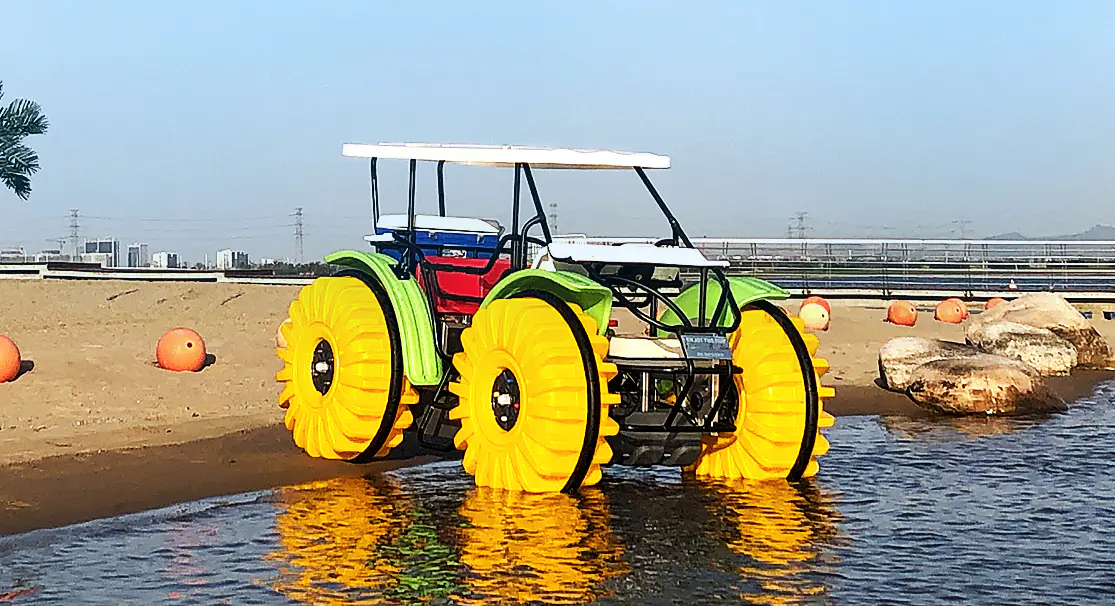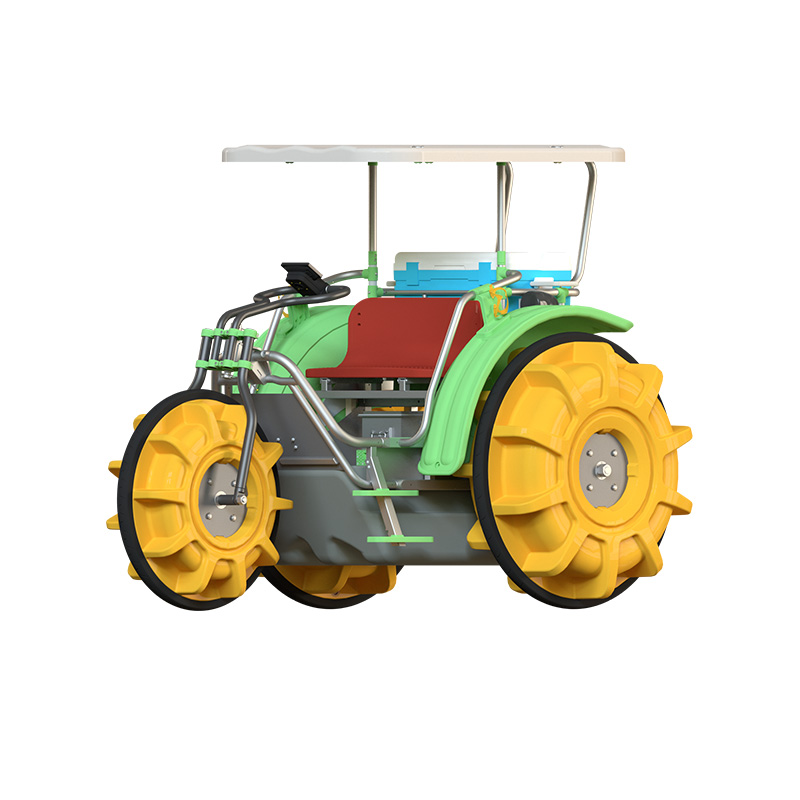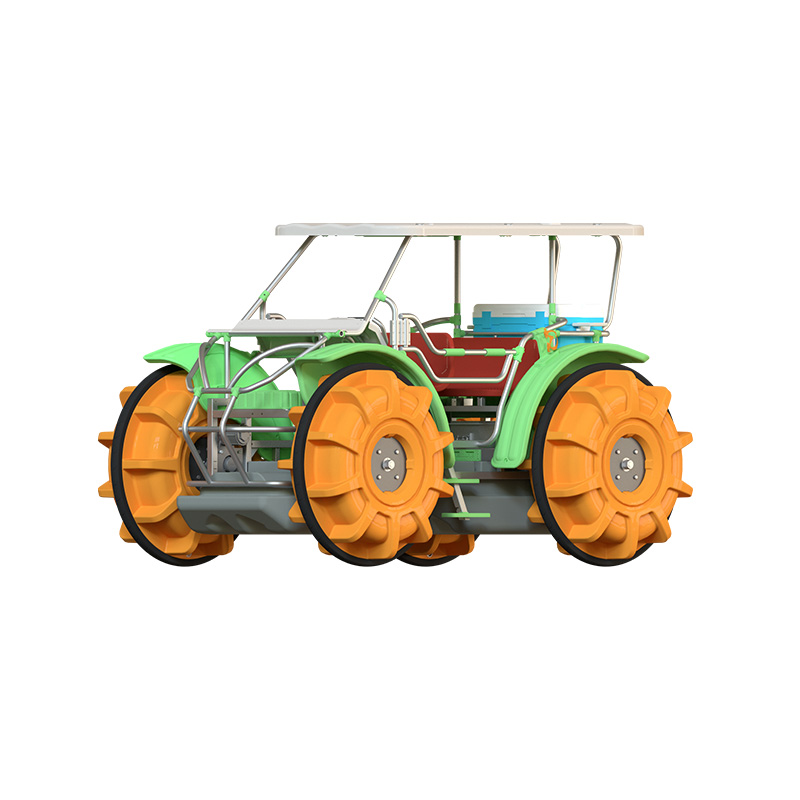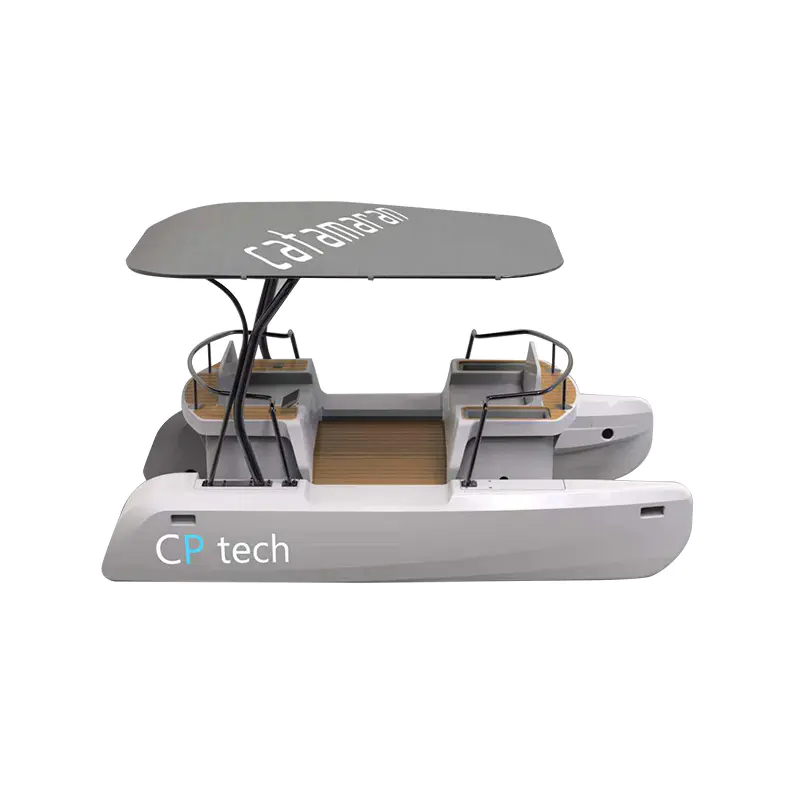How Can Amphibious Vehicles Benefit Rescue and Emergency Operations?
2025-07-25

Amphibious vehicles have become an important tool in rescue and emergency operations due to their ability to operate both on land and water. This versatility allows emergency responders to access areas that may otherwise be difficult or impossible to reach, especially during floods, hurricanes, or other natural disasters. Understanding how amphibious vehicles benefit rescue and emergency efforts can highlight their growing role in saving lives and improving response times.
One of the main advantages of amphibious vehicles in rescue operations is their ability to navigate flooded areas efficiently. When roads become submerged or damaged, traditional land vehicles may be unable to continue, limiting rescue teams' reach. Amphibious vehicles can seamlessly transition from land to water, allowing responders to travel through flooded streets, rivers, or lakes without the need for additional equipment or changing vehicles. This capability is crucial for reaching stranded individuals and delivering supplies during emergencies.
In addition to flood situations, amphibious vehicles are useful in coastal and riverine rescue missions. Their design allows them to handle varied terrains, including marshes, swamps, and rough shorelines. This makes them effective for search and rescue operations in areas where conventional vehicles would struggle. Their ability to maneuver on water and land reduces the time needed to reach victims, which can be critical in life-threatening situations.
Amphibious vehicles also offer advantages in transporting injured or vulnerable people during emergencies. Their spacious interiors and stable platforms provide a safer environment for evacuation compared to smaller boats or unstable rafts. Rescue teams can carry medical equipment and personnel more effectively, enhancing the quality of care delivered in the field. Furthermore, the use of amphibious vehicles reduces the need to transfer patients between different modes of transportation, streamlining the evacuation process.
The durability and robustness of amphibious vehicles make them well-suited for challenging conditions encountered during disasters. They are typically designed to withstand harsh weather and rough terrain, ensuring they remain operational when other vehicles might fail. This reliability helps maintain continuous rescue operations even under adverse circumstances, improving overall response efforts.
Moreover, the use of amphibious vehicles in emergency operations can enhance coordination among different response teams. Since these vehicles can operate in both environments, they serve as a versatile platform for communication and logistics, supporting teams working on land and water simultaneously. This flexibility contributes to more efficient deployment of resources and better management of rescue missions.
While amphibious vehicles offer many benefits, their effective use depends on proper training and maintenance. Rescue personnel need to be familiar with the vehicle’s operation in diverse conditions to maximize its potential during emergencies. Additionally, regular upkeep ensures that the vehicles are ready for deployment whenever needed.
Amphibious vehicles play a significant role in improving rescue and emergency operations. Their ability to navigate both land and water, carry passengers and equipment safely, and operate in difficult environments makes them valuable assets during disasters. By enabling quicker access to affected areas and providing flexible transportation options, amphibious vehicles help rescue teams respond more effectively and save lives. As emergency situations become more complex, the adoption of amphibious vehicles continues to provide practical solutions for challenging rescue scenarios.

 English
English  русский
русский  عربى
عربى 








